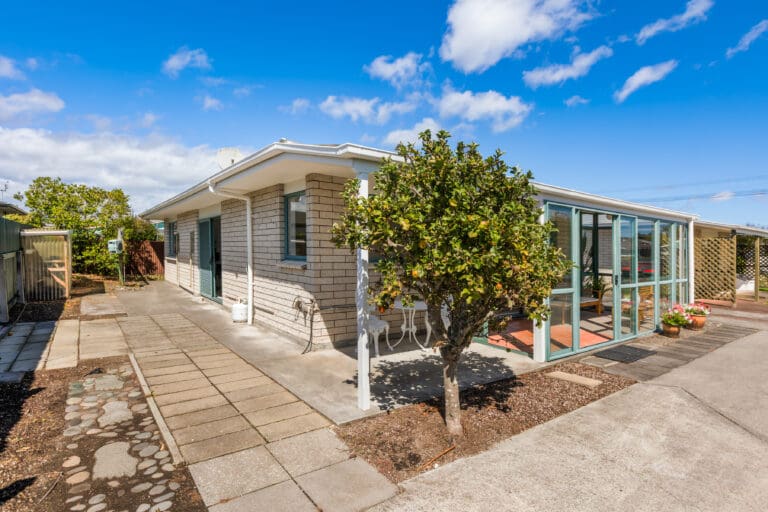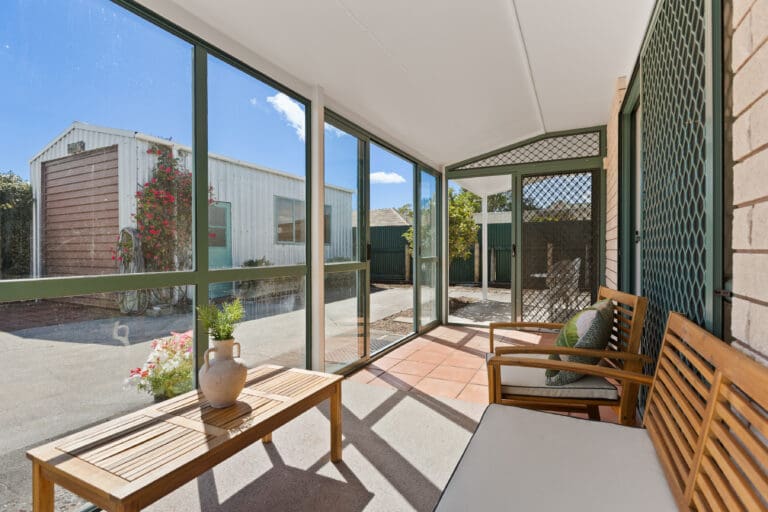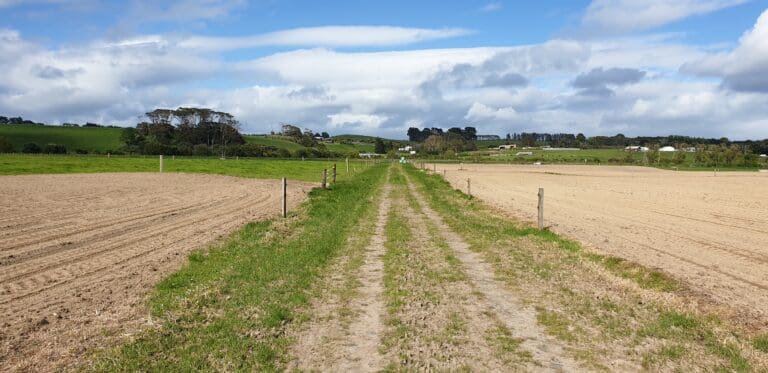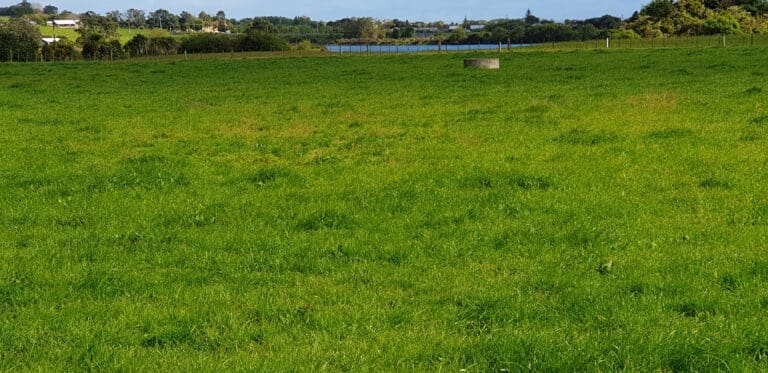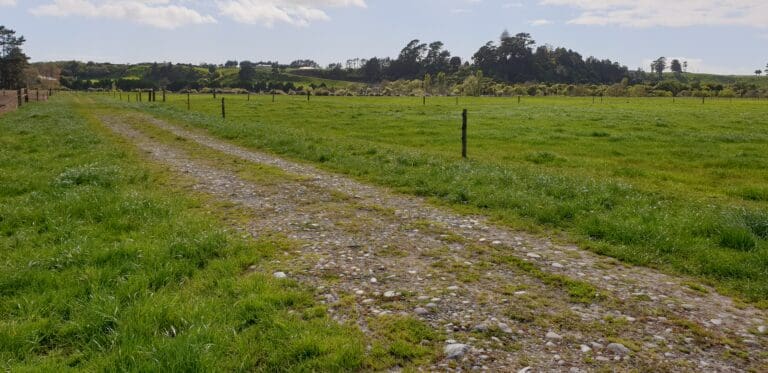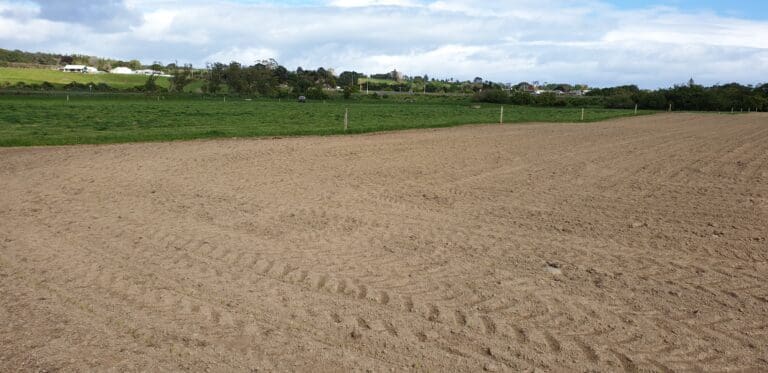Waitara
Home / Why Taranaki Area / Waitara
With the establishment of the freezing works in 1872 the river port became even more important to the Province. However the river has a bar at its entrance which can only be crossed at high tide. With the development of a breakwater at the port in New Plymouth, and the railway to New Plymouth the Waitara port quickly became unimportant.
Construction of a railway line between Waitara and New Plymouth began in August 1873. By the time the line opened on 14 October 1875, the town had a harbour board, two printing houses, a soap and candle factory, an iron foundry, a boat-building yard, two breweries, a wool-scouring plant and a tannery.
From 1887 the economy of Waitara became dependent on the frozen meat trade–first to Great Britain and since the creation of the European Common Market, to Asian countries. Except for some very early shipments from Waitara, frozen meat was transported to the port of New Plymouth by rail.
In 1902 Thomas Borthwick and Sons (Australasia) Ltd, a subsidiary of a UK company, bought the Waitara Freezing and Cold Storage Company plant at Waitara. Until 1998, the freezing works employed between 1000 and 1500 workers, by far the largest employer in a town with a population of between 3000 and 5000. In 1990, Borthwicks sold the Waitara works to AFFCO Holdings.
In 1995 AFFCO closed the Waitara works with the consequent severe loss of employment in the town. The shutdown followed the closure of a Swanndri clothing factory, a small-scale but locally significant Subaru car assembly plant and a wool scouring plant. The number of registered unemployed in the town rose from 700 to 1000, helping to boost the unemployment rate for the Taranaki region, which includes New Plymouth and Waitara, to 9.8 percent, compared with the national average of 6.7 percent.
ANZCO Foods Group subsequently built a plant to manufacture small goods such as salami, sausages and hamburger patties on the site of the freezing works. However, AFFCO went to court to enforce a 20-year encumbrance which restricts meat processing and associated activities on the site. It succeeded in both the High Court and the Court of Appeal in preventing the new plant from opening, although an ANZCO subsidiary was allowed to continue using freezer and cool store facilities there. The two companies are said to have reached an agreement. ANZCO now operates from the site, and has become one of the major employers in the township.
Although the freezing works had been the economic backbone of Waitara, for over 75 years the plants had discharged blood, waste and effluent from the slaughter houses, chains and tanneries directly into the Waitara River, less than 3 km from the sea, well within the tidal zone.
Even after an ocean outfall was built in collaboration with the town council’s sewerage system, at Waitangi Tribunal hearings in Waitara, local Maori gave evidence that they had “…historic associations with the coastline in this area and depend upon the sea resources to provide them with the diet to which they have been accustomed for many centuries…..thus the contamination of one reef would deprive hapu which customarily was entitled to the sea food from the reef”.
Two large petrochemical plants are now the most important industrial activity in Waitara. The Waitara Valley plant is dedicated to production of methanol from natural gas (about 1500 tonnes per day). The Motunui plant, originally designed to produce synthetic petrol from methanol was modified to produce chemical grade methanol for export.
The high cost of synthetic petrol production and low market prices made the process uneconomical at the time. Motunui has the two largest wooden structures in the southern hemisphere and they are only exceeded in size, anywhere in the world, by the Buddhist temple Tōdai-ji in Nara, Japan. The Motunui plant was closed in December 2004, and restarted in 2008. An onshore production facility for the Pohokura oilfield has been built immediately adjacent to it.
The town continues to be a service center for the farming sector, particularly to the north and northeast.
Farming in the Waitara catchment includes dairying, beef cattle for meat, sheep for both meat and wool, fruit—mainly kiwifruit—other horticulture including tree and shrub nurseries, and poultry for meat and eggs.
History: Waitara was the site of the outbreak of the Taranaki Wars in 1860 following the attempted purchase of land for English settlers from its Māori owners. Disputes over land that was subsequently confiscated by the Government continue to this day.
The commonly accepted meaning of the name Waitara is “mountain stream”, though Maori legend also states that it was originally Whai-tara—”path of the dart”. In 1867 the settlement was named Raleigh, after Sir Walter Raleigh. It reverted to its former name with the establishment of the borough of Waitara in 1904.
Share

With eight offices located around the mountain, our team are able to service your properties more effectively.







